Almost Under a Cap: How to Reliably Protect a Car from Scratches and Chips
Every car, even with the most thorough care and maintenance, is not insured against paint damage.
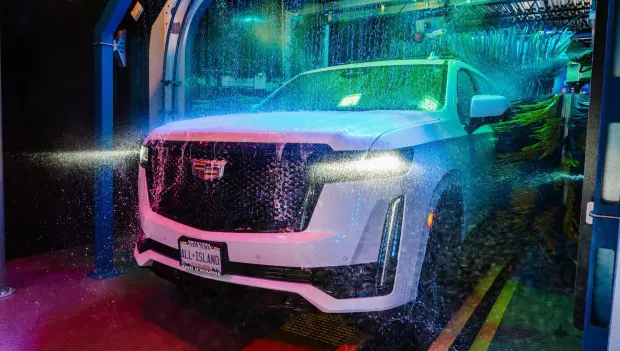
Every car, even with the most thorough care, is susceptible to paint damage (LCP). Scratches and chips not only spoil the appearance but also pave the way for corrosion to the metal. Unfortunately, no universal method has yet been invented that fully protects the body. However, there are several effective solutions that really help extend the life and shine of the body.
We tested a number of popular protection methods — from regular washing to ceramics and liquid rubber — and share only what actually works.
Proper Parking

An indoor parking lot or garage is the best choice. If this is not possible, try to park the car in the shade and away from trees.
Ultraviolet, sharp temperature changes, rain, and dust destroy LCP, especially in the hood and roof area. According to Auto Bild magazine tests, in two summer seasons, the unprotected LCP can fade by 10–15%.
Regular Wash
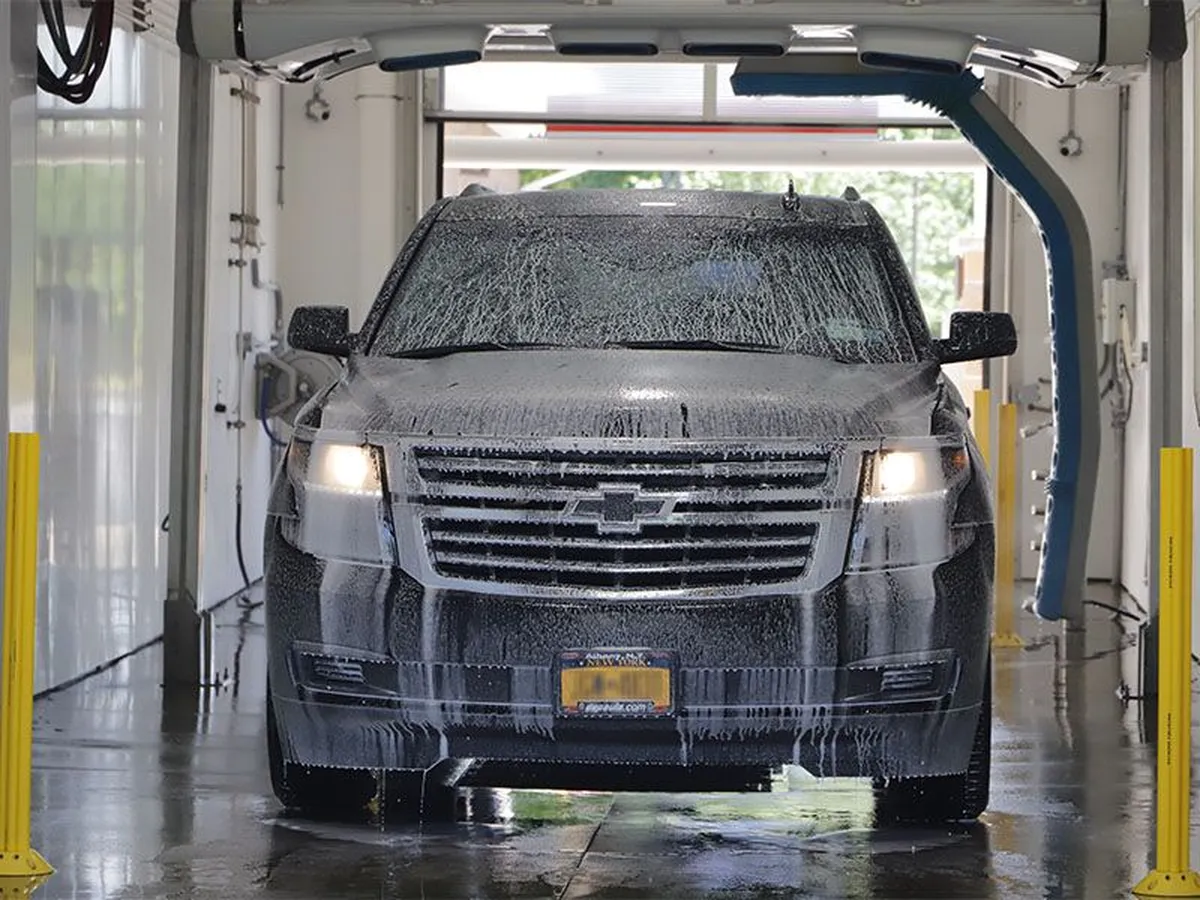
A clean car is not just aesthetics but protection. Dust, reagents, bird droppings, and insects contain acids and salts that corrode the varnish.
- In winter — wash once a week, in summer — 2–3 times a month.
- Use contact shampoos with wax and anti-corrosion additives (for example, Koch Chemie, Soft99).
- Do not overuse touchless washing — aggressive surfactants + pressure can damage the LCP.
We tested touchless washing on an old car — after a month of active washing without protection, micro-scratches appeared on the hood.
Polishing
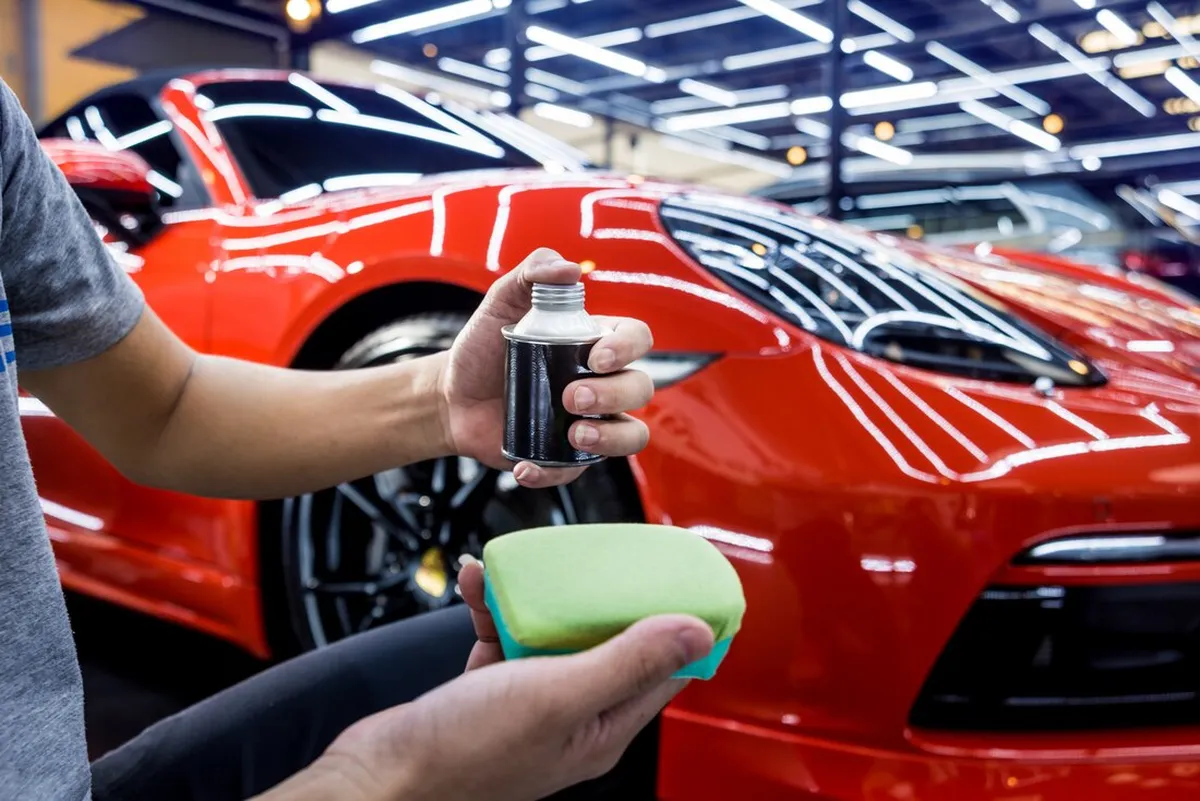
This is not only shine but also real protection against minor scratches and oxidation.
Types:
- Manual: suitable for beginners. Lasts 1.5–2 months.
- Machine: requires skills but lasts up to 6–8 months.
In practice, manual polishing can be done by yourself with a microfiber cloth and a Turtle Wax type paste. It takes 1.5–2 hours to process the entire car.
Liquid Glass
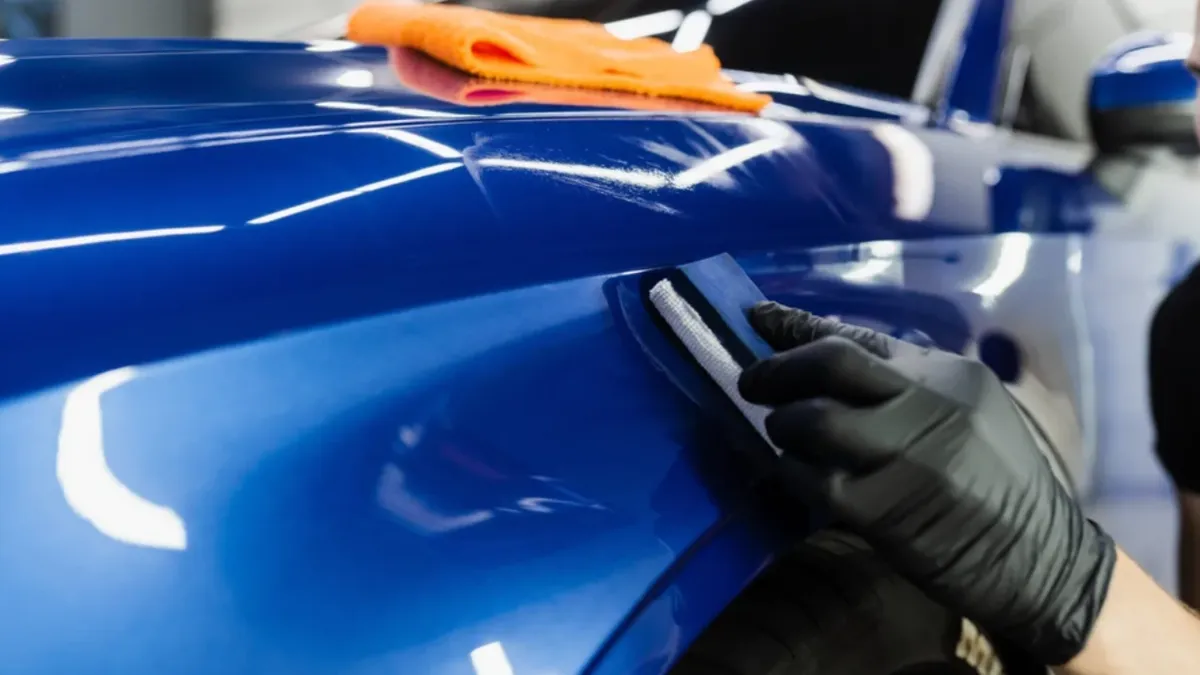
An affordable way to "seal" the body for half a year to a year. This is a polymer composition that gives shine and increases the hardness of the top layer. We tested a composition from Willson (Japan) — protection lasted up to 8 months with regular washing.
Application:
- Preparation: washing + degreasing.
- Manual application (about 1 hour).
- Polymerization time — up to 12 hours.
Do not use in cold or heat (ideal — 18–22 °C).
Film Wrapping
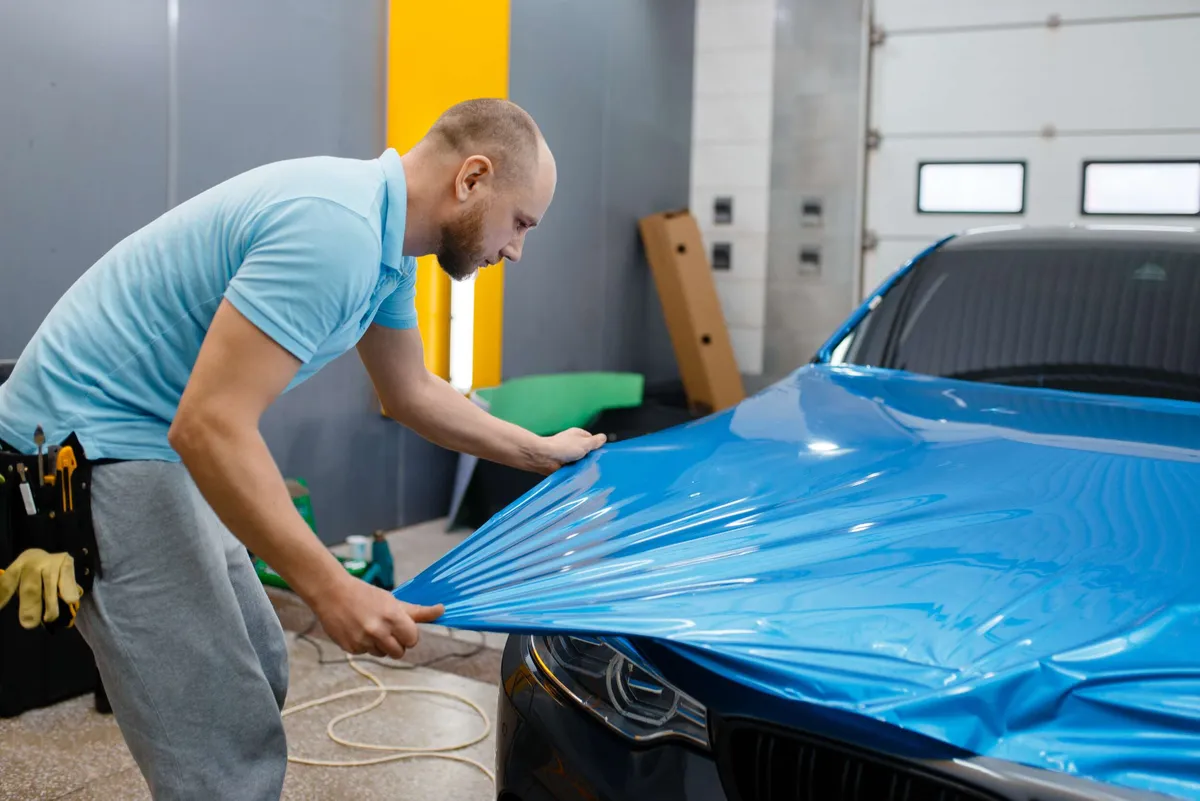
Maximum level of protection against chips and abrasive wear.
Options:
- Vinyl: budget, decorative. Weak protection, lasts 3–4 years.
- Polyurethane: expensive, but truly protects for 5–7 years.
Nuances:
Film wrapping requires experience — trying to do it yourself almost always leads to bubbles and defects. It's better to trust the work to professionals.
Budget:
- Vinyl film: from $385 to $640 to wrap the entire body.
- Polyurethane film: from $900 to $1925 for a full protection set.
You can save by wrapping only vulnerable areas: hood, bumper, sills.
Ceramic Coating
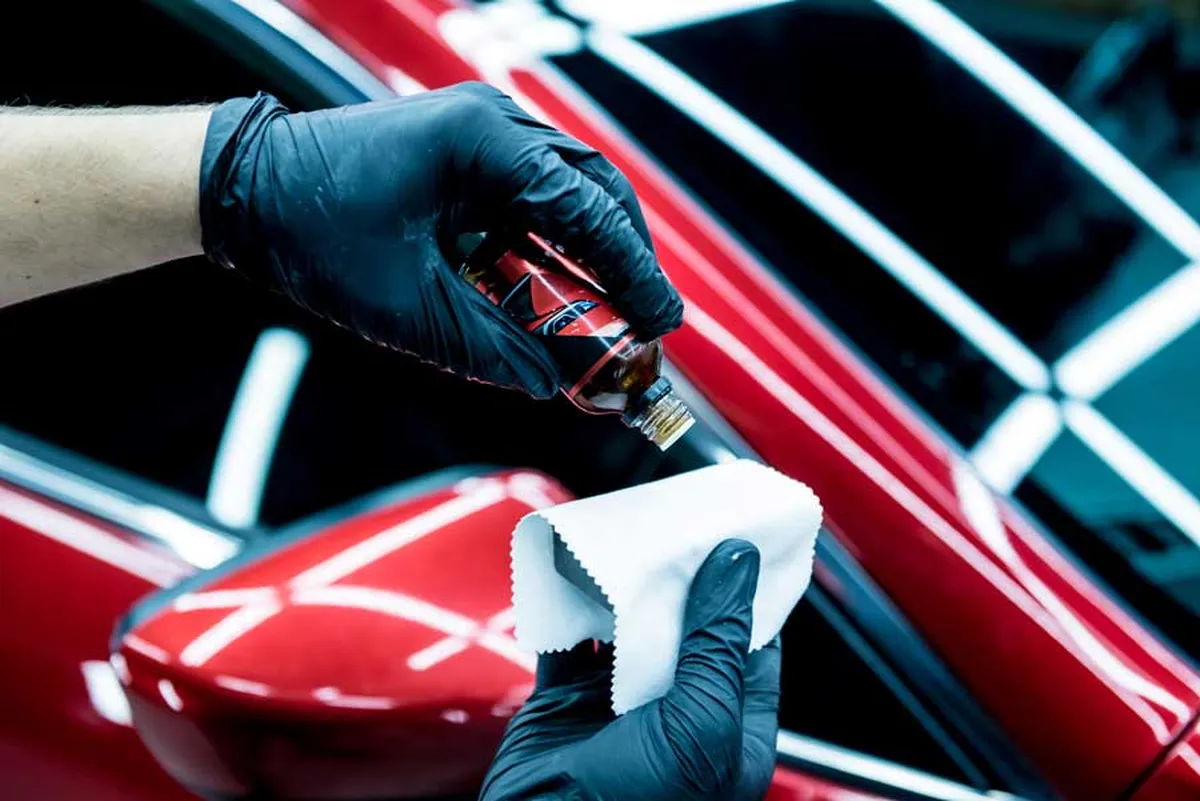
If you want professional protection for 1.5–2 years — ceramics is your choice.
Composition includes: silicon dioxide, aluminum, and titanium oxides — creating a hard "shell" on the body.
A couple of nuances:
- Applied in 2–4 layers with intermediate drying.
- Full drying and "curing" — up to 7 days.
- Repels water, dirt, salt, and even light scratches.
For example, Gyeon Quartz coating after winter still gives a lotus effect. But it is important to take proper care — do not use alkaline shampoos.
Liquid Rubber
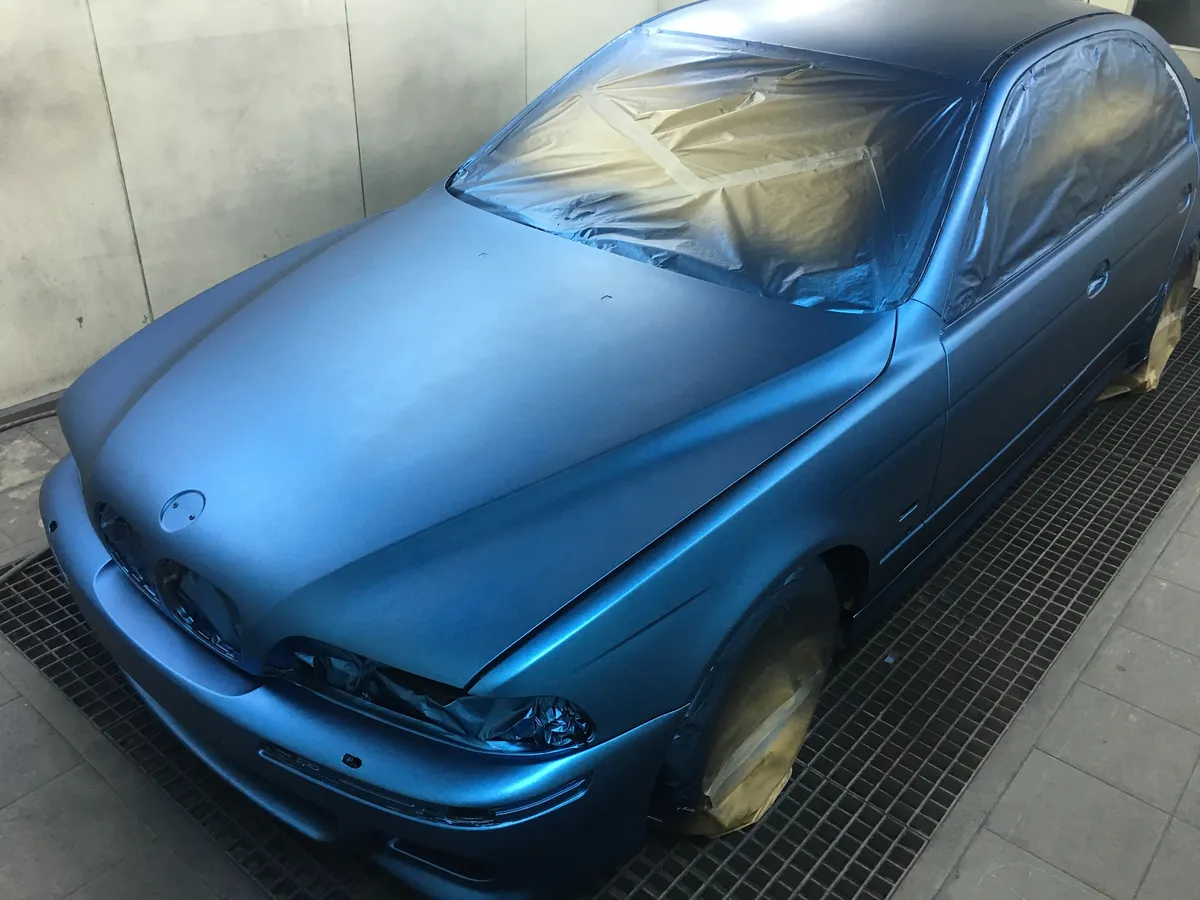
This is not quite protection in the classical sense, but an excellent way to temporally and cheaply protect the body — especially for tuning and summer trips.
Advantages:
- Applies quickly (from a spray can).
- Easily removed — just pull by the edge.
- Withstands sun and dirt, lasts 2–3 years.
Suitable for experiments. We applied matte black Plasti Dip on the hood — it's effective, protects, but does not save from gasoline.
In conclusion
Which method to choose — depends on your budget, driving style, and how much time you are willing to spend on care. If you want something cheap — liquid glass or manual polishing. Want to forget about protection for a couple of years — polyurethane film or ceramics.
But the main thing — regular care and washing.
You may also be interested in the news:
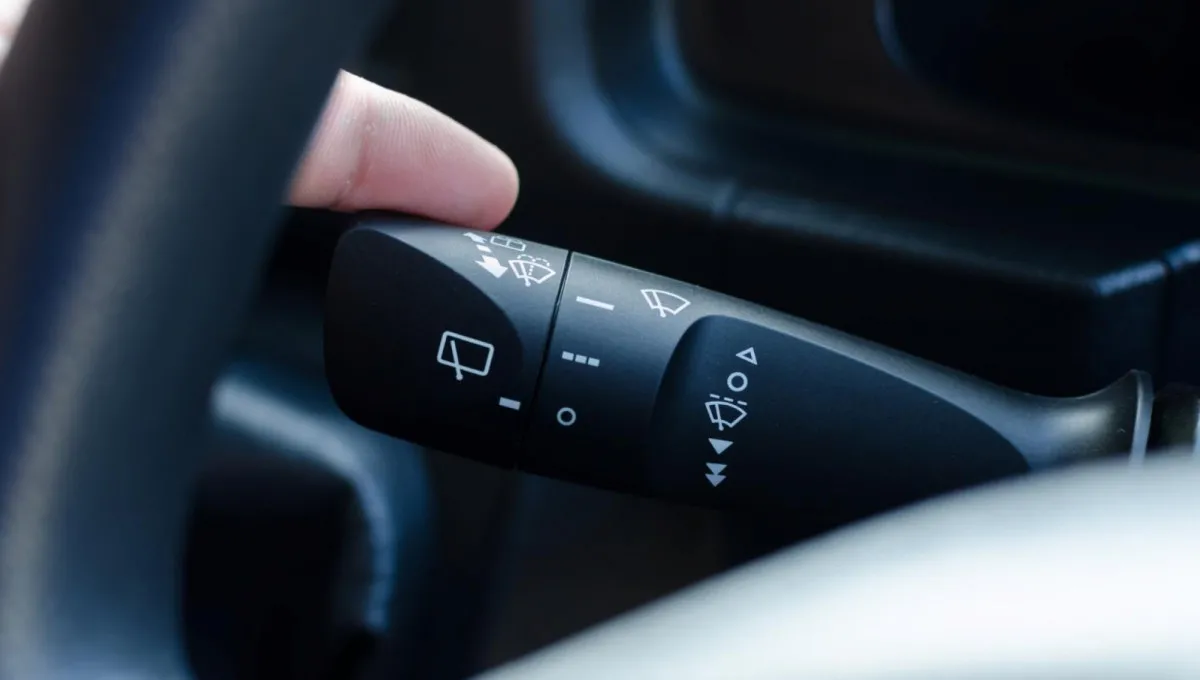
7 Hidden but Surprisingly Useful Features Every Car Has
Modern cars are packed with features most drivers never notice — from safety tricks to small conveniences that make life easier.
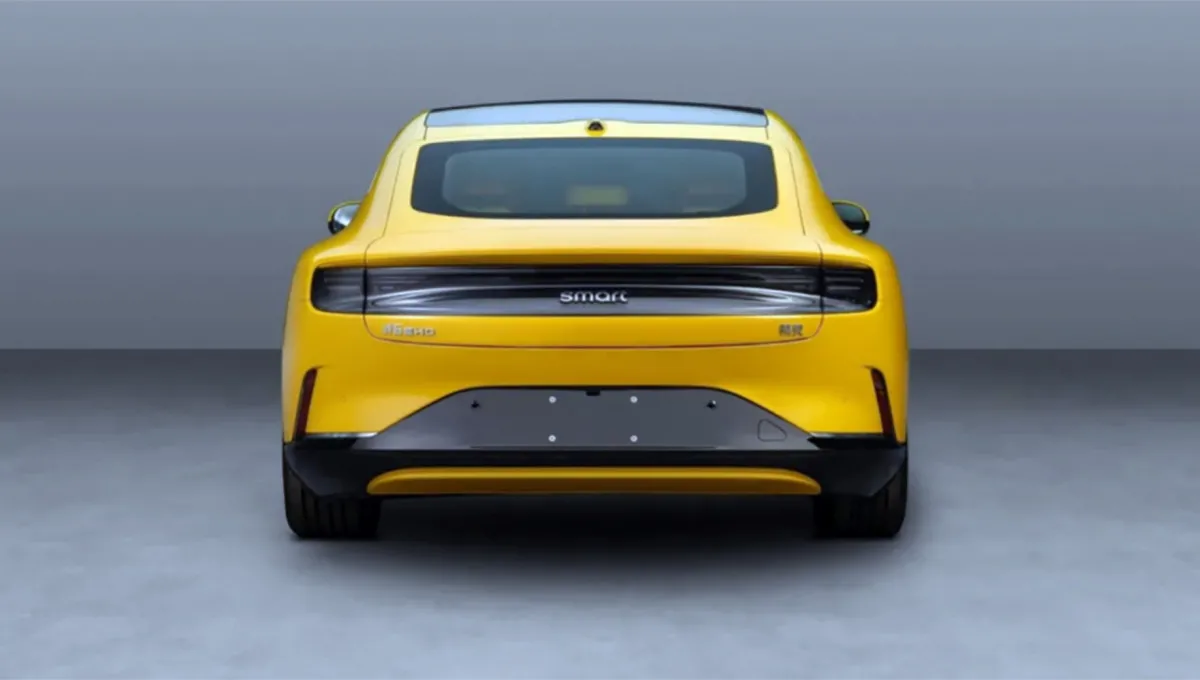
Smart Unveils Its First Ever Liftback: Geely Engine and Unique Design
Photos reveal Smart’s new liftback, showcasing its specs, design, and hints at when it might debut.

Steering Basics: Why You Shouldn’t Turn the Wheel All the Way to the Stop
Seasoned drivers know better than to crank a hydraulic power-steering system to the point of squeaks and groans.

If Zodiac Signs Were Cars: The All-Wheel-Drive Horoscope That’ll Take You Places
Or: Why This Horoscope Smells Like Gasoline, Personality, and a Little Bit of Therapy
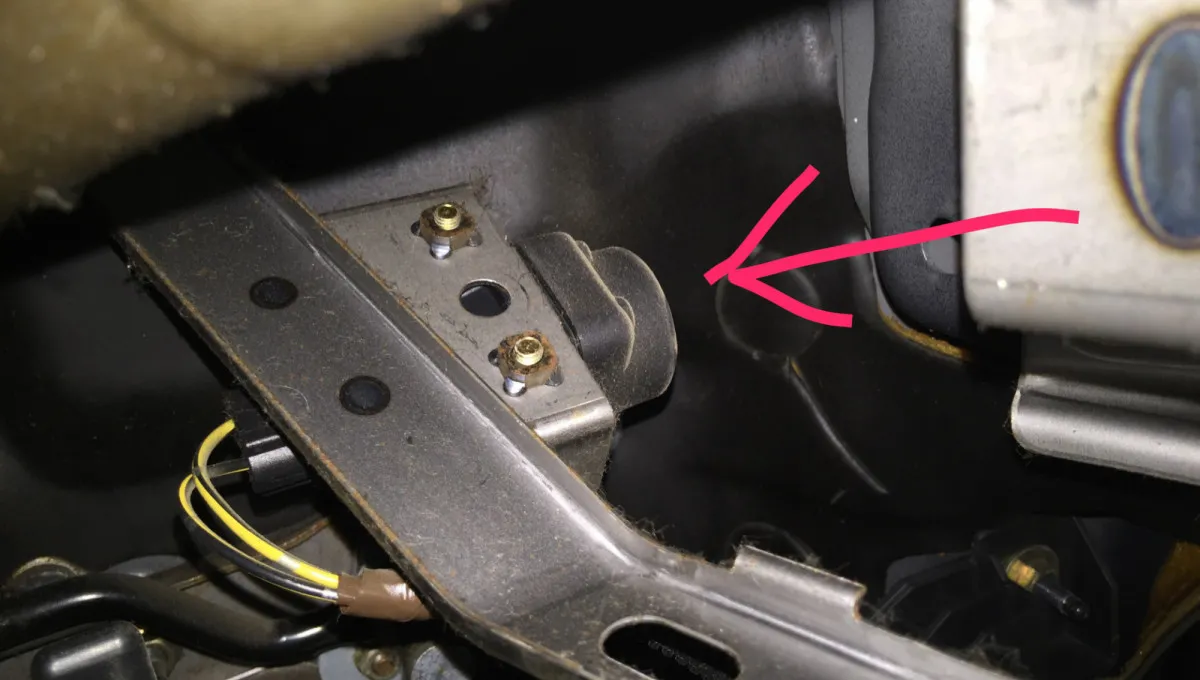
Mystery Button Hidden Under Most Car Dashboards — And Why So Many Drivers Don’t Know It Exists
Modern cars are packed with features and buttons whose purpose can be surprisingly hard to guess.